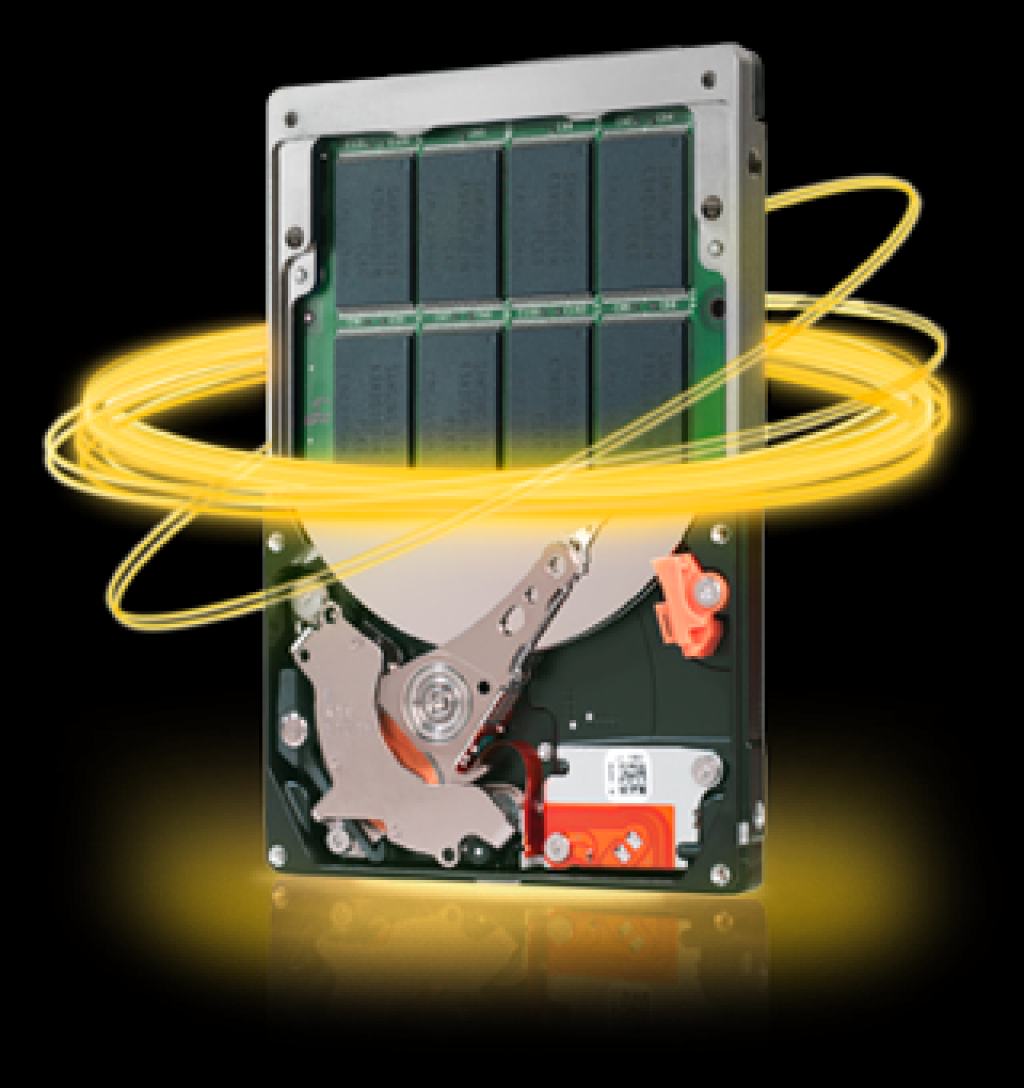

This year approximately 22-million of the 25-million cache-SSDs produced will end up in ultrathin / ultrabook laptops with either AMD or Intel chip-sets inside. There are numerous advantages for notebook manufacturers to use SSDs in their products, either replacing or complementing hard-disk drives (HDDs).
As a result, research firm IDC has forecast dramatic increases in SSD shipments, and reports prices will fall below one-dollar per gigabyte by the second half of 2012. Consumers will benefit as this technology proliferates, bringing prices down even farther.
SSDs incorporate a form of flash memory, similar to your USB stick flash-drive. As compared to hard-disk drives, solid-state drives have the following advantages:
- Much faster read / write speeds
- Faster boot-up
- Dramatically lower power consumption
- Longer battery life for notebooks
- Silent operation
- No moving parts
- No vibration
- Impervious to most magnetic fields
- Substantially greater shock and impact resistance
- Very broad temperature range of operation
- Defragmentation (De-fragging) not required, and not recommended
- Almost no heat production
SSDs are so much faster than HDDs that many observers say, after using one integrated by the manufacturer into a new design, they would not return to the HDD-only environment. It would feel like going from power-windows in a car to the old-style, manually hand-cranked windows. (How did Windows get into this?)
Disadvantages of SSDs are few, but significant. The cost per gigabyte (GB) for SSDs is definitely higher than HDDs, but plummeting rapidly. As a direct result of that cost difference, most notebook SSDs are 256 GB or smaller. If your storage needs are greater than that, you need a high-capacity HDD. You may pair that HDD with an SSD from which to run your operating system (OS) and most frequently used software applications. Hybrid HDDs incorporate an SSD component to improve response times, and are becoming more common for meeting larger storage needs.
Assessment
If you choose a reputable manufacturer, and stick to SLC (single-level cell) SSDs, reliability and life-span should be excellent. The caveat is that you must enable TRIM and AHCI (Advanced Host Controller Interface) to reduce unwanted wear on the SSD, and you must not run de-frag.
When you get your first notebook with a solid-state drive, you may never want to "hand-crank" Windows again.

 Laptop & Tablet Parts
Laptop & Tablet Parts




















